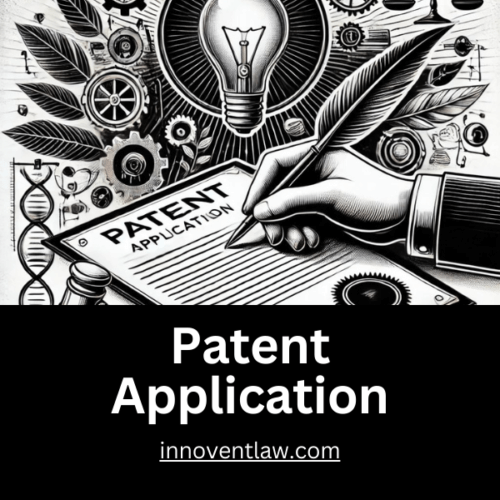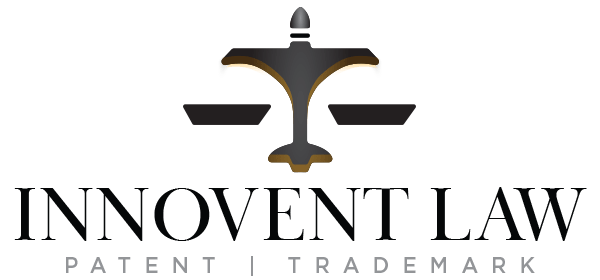
Applying for a patent is a vital step in protecting your invention. A patent application secures your intellectual property rights. It prevents others from making, using, or selling your invention. This guide will help you understand the patent application process. It covers the types of patent applications and how to file one successfully.
What is a Patent Application?
A patent application is a legal document filed with the United States Patent and Trademark Office (USPTO). It describes an invention in detail and claims the legal right to exclude others from making , using, selling, importing, or offering for sale the invention. The process involves several steps. These include conducting a patent search, drafting the application, and filing with the USPTO.
Types of Patent Applications
There are several types of patent applications. Each type serves a different purpose:
- Provisional Patent Application: This is a preliminary application for a utility patent (such as a machine, process, or composition of matter) or plant patent. It establishes an early filing date and allows you to claim “patent pending” status. It gives you time to refine your invention. However, it does not mature into a patent unless a non-provisional application is filed within one year.
- Non-Provisional Patent Application: This is the standard application for a utility patent or plant patent. Once examined and approved, it results in a patent grant. It must include a detailed description of the invention. It also requires claims that define the invention’s scope and any necessary drawings.
- Design Patent Application: This application protects the ornamental design of an object. It does not protect its function. This type of patent is suitable for inventions where appearance matters more than functionality.
For more details about these types, visit our pages on Utility Patents and Design Patents.
Provisional vs. Non-Provisional Patent Application
Choosing between a provisional and a non-provisional patent application depends on your needs. A provisional patent application has less requirements and is thus less expensive. However, it does not lead to a patent unless you follow it with a non-provisional application. A non-provisional patent application initiates the official examination process. It can result in a granted patent.
To learn more about these differences, explore our Patent Services page.
How to File a Patent Application
Filing a patent application involves several steps. First, you may wish to conduct a patent search. This ensures your invention is novel and patentable. The USPTO website offers tools for a US patent application search, allowing you to find existing patents and patent applications that may be cited by the examiner in rejecting the application.
Next, draft your application. For an non-provisional utility patent application, It must include a detailed description, claims, drawings, and an abstract. This document should clearly explain how your invention works and why it is unique. You can find a patent application template as a starting point to guide you through this process.
Finally, submit your application online through the USPTO’s online patent application system. Be prepared to pay the patent application fee, which varies depending on the type of patent and the applicant’s entity status (e.g., individual, small entity, or large entity).
Understanding Patent Application Fees
The patent application fee is an essential part of the application process. Fees vary based on the type of application and the size of the applicant. For example, small entities and micro-entities often receive discounts. For detailed pricing, visit our Patent and Trademark Pricing page.
Tracking Your Patent Application Status
After submission, monitor your application’s progress using the US patent application status feature on the USPTO website. This tool allows you to check the status of your application. It also shows any actions taken by the patent examiner.
Patent Application Examples
Reviewing patent application examples can provide insights into successful applications. These examples can help you craft a more compelling submission. The USPTO’s online database is a valuable resource for this research.
Avoiding Common Pitfalls
Filing a patent application can be challenging. A common issue is the application being rejected for being too broad or not detailed enough. To avoid this, ensure your application is specific and thoroughly describes your invention. Conducting a comprehensive patent search can also prevent issues related to rejections based on existing patents or applications.
Importance of a Patent Attorney
Hiring a patent attorney can significantly increase your chances of a successful application. A skilled attorney understands the complexities of patent law. They can help you navigate the application process, draft a strong application, and respond to any issues raised by the patent examiner.
For professional guidance, contact our team at Innovent Law.
How to Expedite Your Patent Application
Sometimes, you may need to expedite your patent application. The USPTO offers options like the Track One program to significantly speed up the examination process. Expedited examinations can be beneficial if you need patent protection quickly.
Final Thoughts
Filing a patent application requires careful preparation and attention to detail. Whether you’re submitting a preliminary patent application or a non-provisional one, understanding the requirements and best practices is crucial. Consulting with a patent attorney can ensure your application is strong and has the best chance of success.
